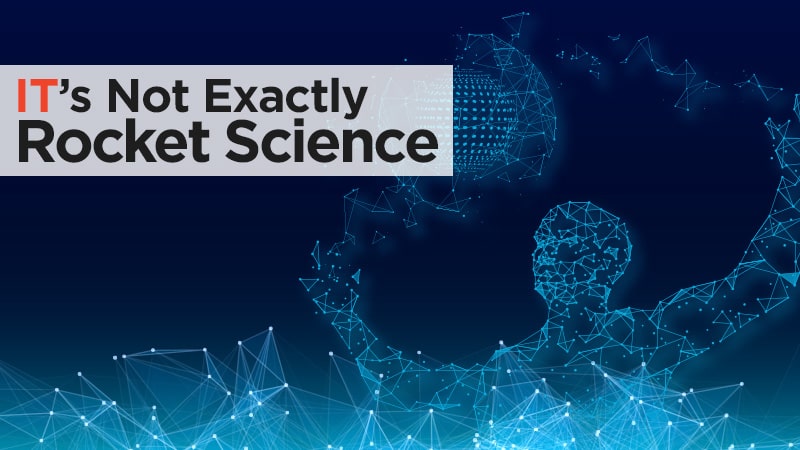How Can We Benefit from Changing Work Habits?

It’s hard to know for certain what the U.S. economy will look like in 10 years’ time, much less what the work day will look like. One thing we do know: As younger generations enter the workforce, they will bring new habits, technology, conventions, and expectations that will likely transform business and government.
With the rise of the “gig economy,” (that is, the rise of independent contractors who work on a task-by-task basis) younger generations already expect a certain amount of freedom and autonomy in their careers. And that’s probably a reasonable expectation, given that they walk around with supercomputers in their pockets, just a click or voice command away from talking with anyone – or controlling equipment – at any time.
Just as millennials eschew traditionally wired conventions, such as cable TV and fixed phone lines, but embrace the sharing economy, such as ridesharing, and open work spaces, the next generation of workers may not value the same things that people want today. They may not be motivated by a base salary, corner office, or a lofty title.
Businesses may also want to provide customized work experiences for their employees in the not-too distant future. Instead of an email notification for an upcoming meeting, an intelligent digital assistant may remind an employee of the meeting and automatically book transportation to the meeting based on the individual’s schedule, traffic conditions, and so on. While this already exists, the scope will be greatly expanded.
Gamification strategies could play a key part in helping businesses better understand what drives its employees. When we talk about gamification, we’re not talking about turning everyday tasks into cartoonish video games, but rather figuring out how to keep employees engaged. This includes setting up structures that allow them to compete against themselves or others (individually or in teams) in the completion of certain tasks or training exercises. They will likely use open spaces and Internet of Things (IoT) with wearables, augmented reality, and in-the-room sensors to collect data. The outcomes or effectiveness will be measured and communicated in real time using analytics employing massive amounts of data from both inside and outside the organization, all stored in the cloud. JPL has already tested this with scientists and operators navigating the Mars rovers, and it has proved to be very effective.
At JPL, we’re trying to meet the changing needs of the business by benefitting from these trends. For example, to quickly and inexpensively help solve a problem of finding parking at JPL, we held a month-long hackathon where teams of interns created prototype mobile phone solutions. There were two winning teams and their ideas were incorporated into a mobile solution now used every day by JPLers. As you approach JPL, your mobile phone will speak and tell you where there is parking available. You can also look at historical data to know what time to leave home or when to go to lunch so you can find parking when you arrive. The data is also used to predict parking during public events.
Other examples include interacting with intelligent digital assistants for many things, including finding conference rooms, hearing what’s happing on Mars, or when the International Space Station will be overhead.
As we approach what will likely be a rich and exciting decade, the most important thing organizations can do right now is lay the groundwork for change in two areas.
Technologically speaking, that means embracing cloud computing, IoT, and the wireless network improvement waves that are rapidly approaching. In particular, serverless computing is cost-effective and it allows organizations to innovate and to experiment with things like artificial intelligence or augmented reality. Edge computing allows business to employ these capabilities at huge scale and speed, which will further solidify the real time gamification and wireless communication future that our next generation will expect.
Humanologically speaking (yes, I know that’s not a word, but perhaps it should be), we can set up innovation labs and experiment in our own environments to quickly decide what to abandon and where to double down. From our experience so far, you will find willing participants in the new workforce and experiments in a safe, protected environment will serve as training opportunities and quickly evolve to produce lasting positive outcomes. And, in case you wonder, yes, it’s fun.

Tom Soderstrom is the IT Chief Technology and Innovation Officer at the Jet Propulsion Laboratory (JPL). He leads a collaborative, practical, and hands-on approach with JPL and industry to investigate and rapidly infuse emerging IT technology trends that are relevant to JPL, NASA, and enterprises.
